The first time I heard of Cordyceps sinensis (Ophiocordyceps sinensis since 2007) was on the can of a Steven Seagal energy drink. (Yes, such a thing really exists). Although the vile brew didn’t give me the butt-kicking abilities of an action star, it did leave me curious about the fungus that supposedly had an effect on energy levels.
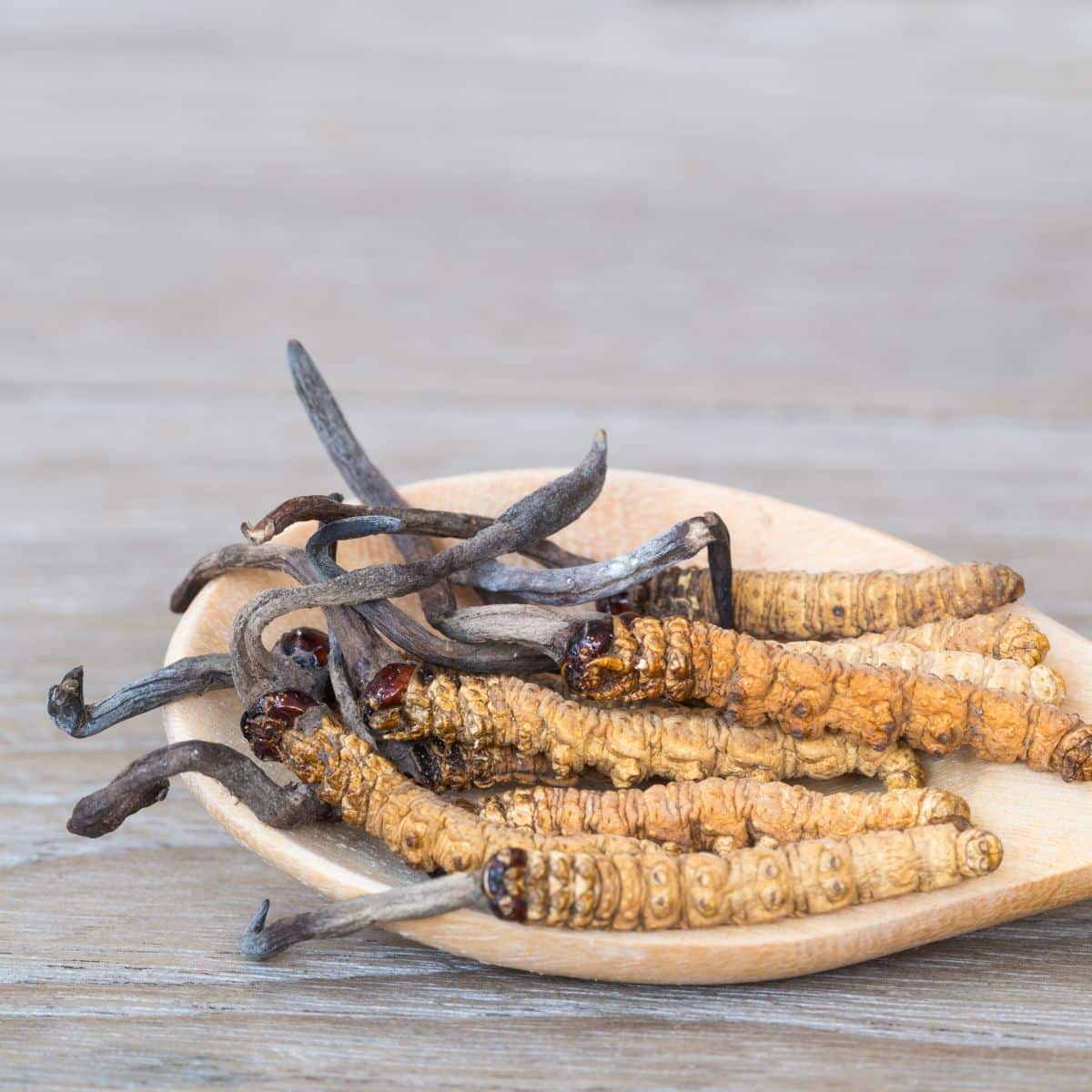
Cordyceps is considered a medicinal mushroom that increases energy, stimulates the immune system, and acts as an overall tonic to the body. It is one of the more famous Chinese herbs, but has only gained attention in the West over the last few decades.
In addition to its reported health benefits, this fungus is known for its unique way of reproducing. It develops inside insect larvae, killing and mummifying the remains before popping out of the ground as a fruiting body. This horror movie action makes cordyceps one of the coolest mushrooms around.
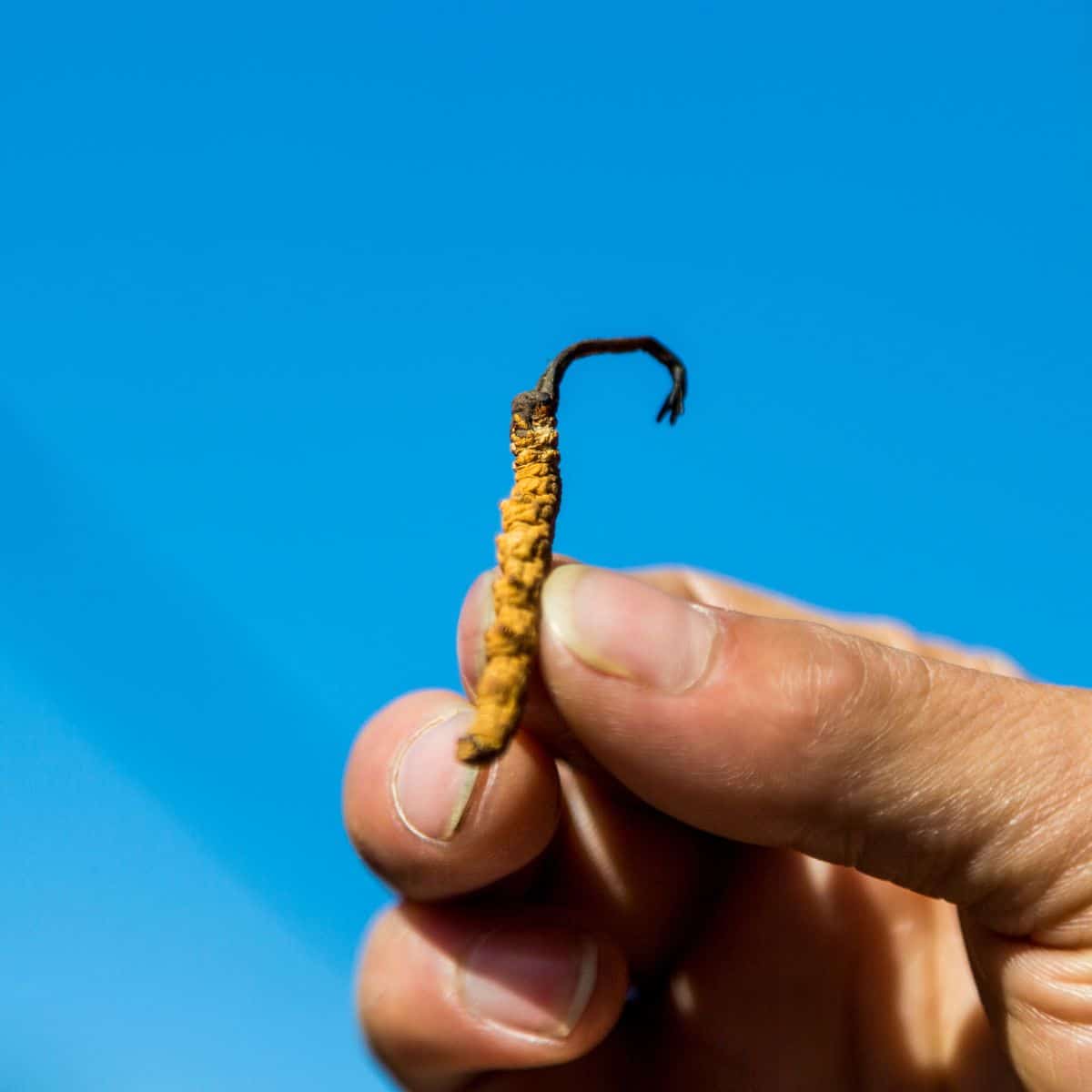
Let’s take a closer look at this fascinating fungus. We’ll start with some basic facts, where we’ll see that truth really can be stranger than fiction! Next we’ll move on to health benefits and information on supplements. Finally we’ll end with some cordyceps controversy, harvesting the wild fungus on the Tibetan Plateau.
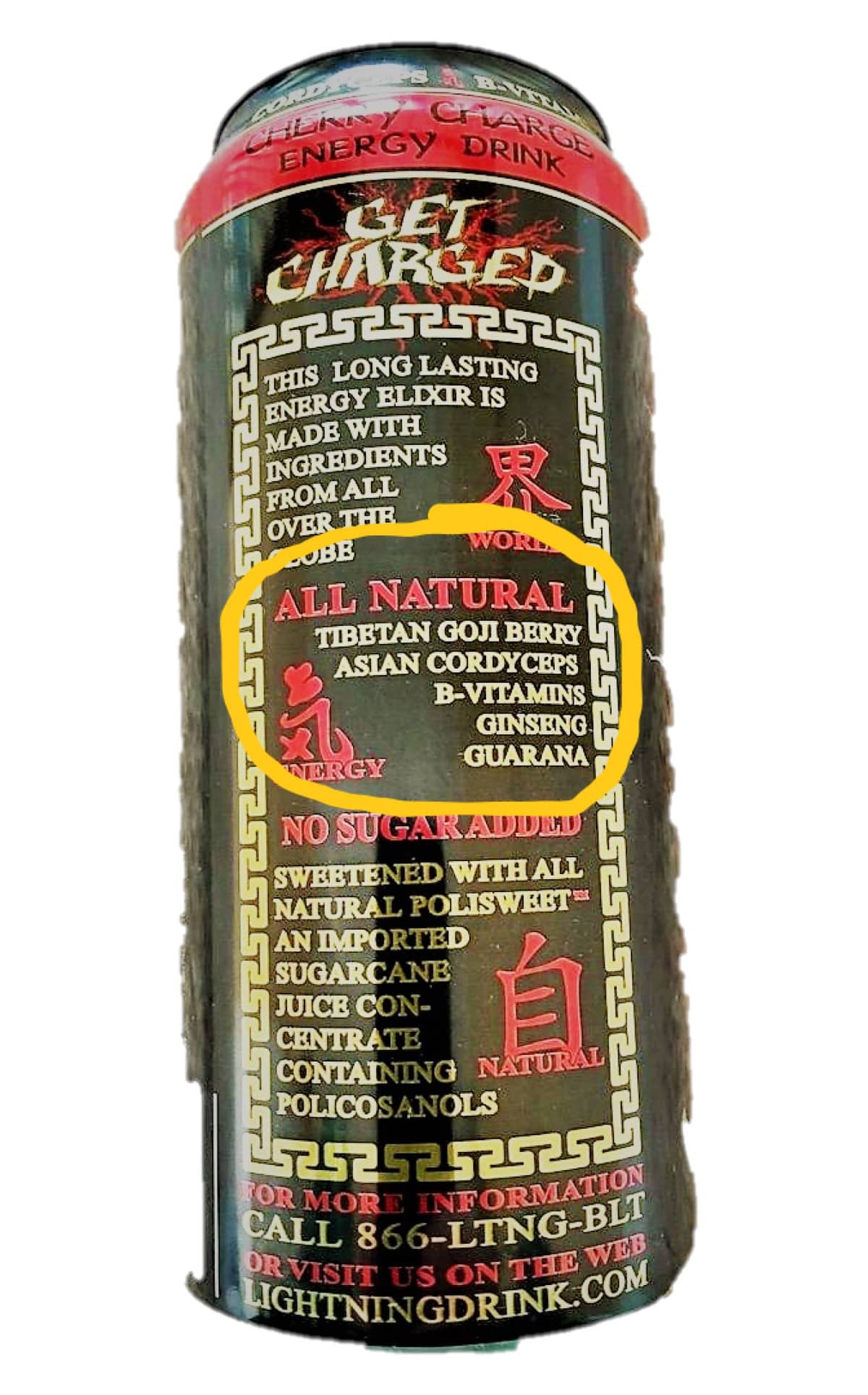
Jump to:
Basic Cordyceps sinensis Facts
- Cordyceps sinensis is just one species in a genus of hundreds. All species are parasites.
- This species is found only on the Tibetan Plateau. Other Cordyceps species grow all over the world, mainly in Asia in humid tropical forests.
- It preys specifically on the larvae of several species of ghost moths in the Thitarodes genus. Spores infect the larvae while they live underground before pupating. The spores germinate and mycelium grows, killing and mummifying the larva/caterpillar. Eventually a fruiting body grows from the mummified larva and pops above ground, reminiscent of something from an awesome science fiction movie.
- The fruiting body of Ophiocordyceps sinensis is technically not a mushroom but an ascocarp. Ascocarps are created by Ascomycota, a Phylum of fungi defined by their reproductive structure. For the purpose of this article we won’t argue semantics, as most people refer to cordyceps as a mushroom as well.
- The fruiting body is usually up to 4 inches (around 10 cm) long and .2 inches (1/2 cm) wide. Unlike a typical mushroom, these are curved and club shaped like a small cane. They’re usually orange or brown.
- In addition to the English term “caterpillar fungus” there are other interesting names. In Tibetan it is referred to as yartsa gunbu. The Chinese name is dong chong xia cao (meaning “winter worm, summer grass”). The Latin name cordyceps means “club head“, and sinensis is “from China“.
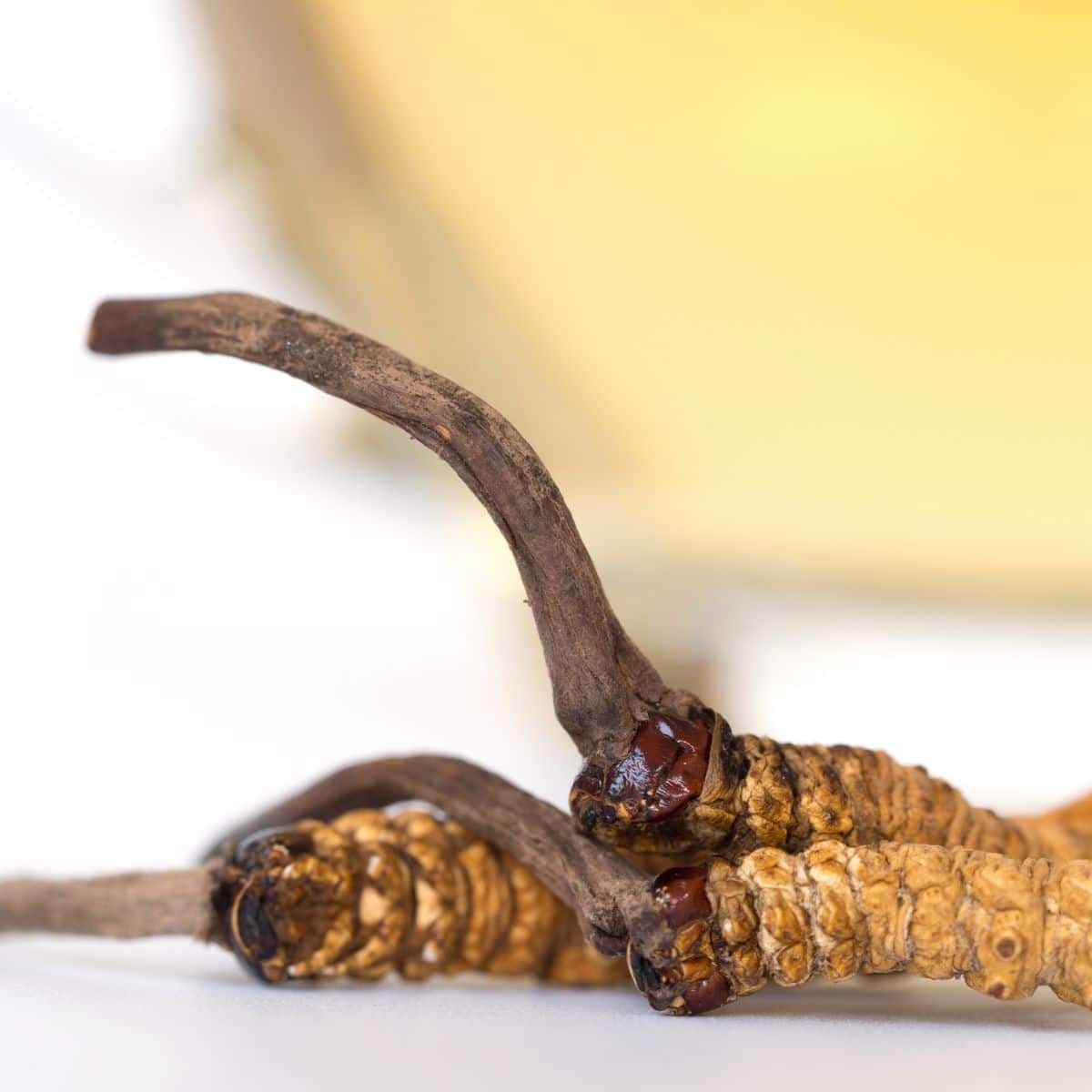
Cordyceps Fungus Health Benefits
Although written record of Cordyceps sinensis use appeared in Traditional Chinese Medicine centuries ago, it wasn’t really noticed in the West until recently. The last two decades have seen a great increase in research on cordyceps as a medicinal mushroom.
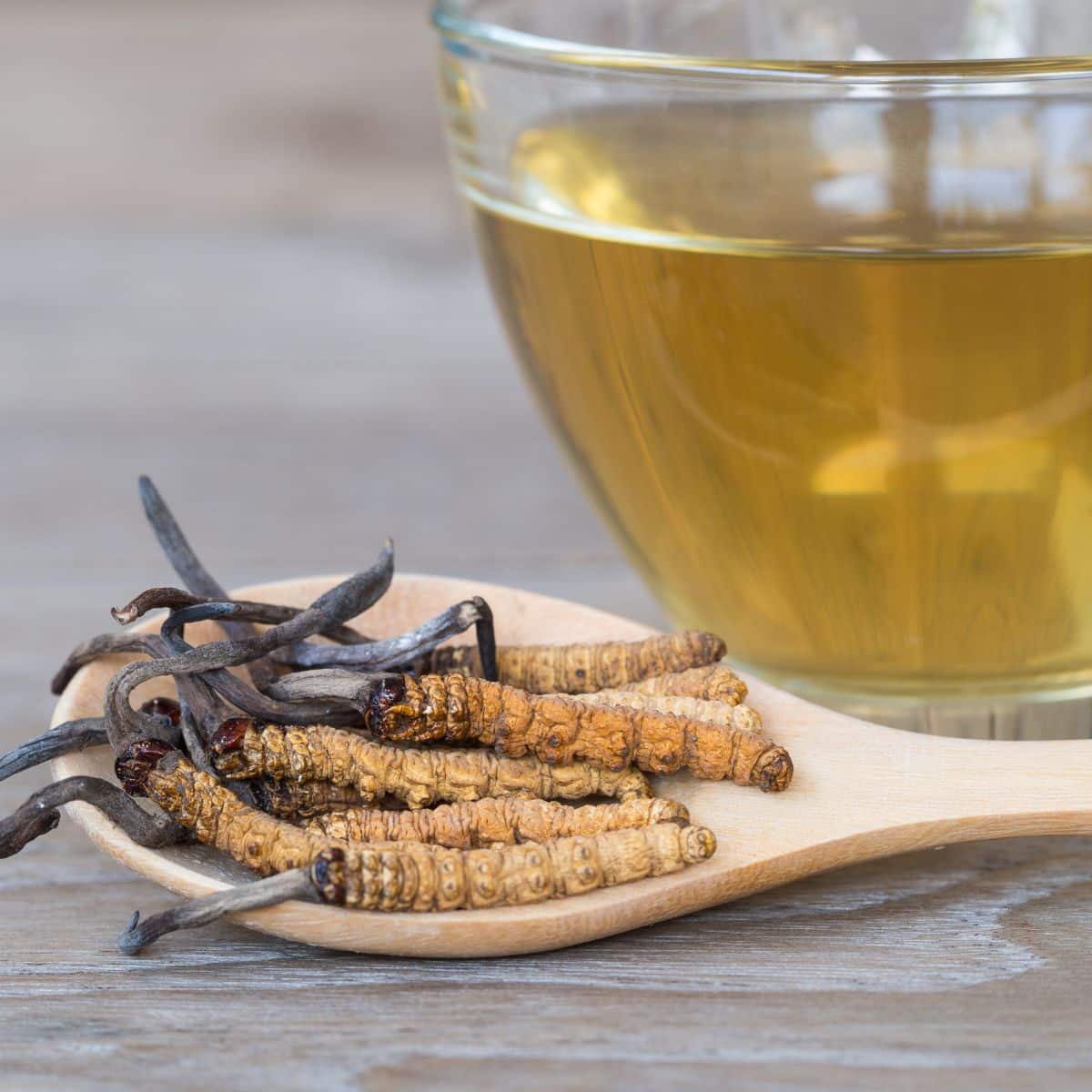
There are many reported cordyceps health benefits. Some of these include:
- Cholesterol reduction
- Stimulation of the immune system
- Faster recovery from bronchitis and respiratory diseases
- Increased efficiency and stamina of the circulatory system
- Anti-tumor properties
- Liver protection and enhanced recovery from chemotherapy
- Sexual potentiator (Hmmmm……)
- A general body adaptogen, resulting in more energy, strength, and stamina
The reasons behind some of these benefits are still not fully understood. Yet research has found some promising proof behind cordyceps claims. A few of the helpful constituents found are:
Sterols – Alcohols of the steroid group. Believed to lower cholesterol, reduce the risk of heart disease, and possibly have some anti-tumor properties.
Polysaccharides – Complex carbohydrates made up of chains of sugars. Known to stabilize blood pressure, have an effect on free radicals, and stimulate the immune system.
Nucleosides – Organic molecules that are the converted into building blocks of the genetic material DNA and RNA. Nucleoside drugs are sometimes used to treat cancer.
One of the most useful things that Cordyceps sinensis appears to do is to perform the simple act of oxygenation. The fungus dilates the airways in the lungs, resulting in more oxygen to the blood. Thus more oxygen reaches every cell of the body, resulting in better cell function and greater energy levels.
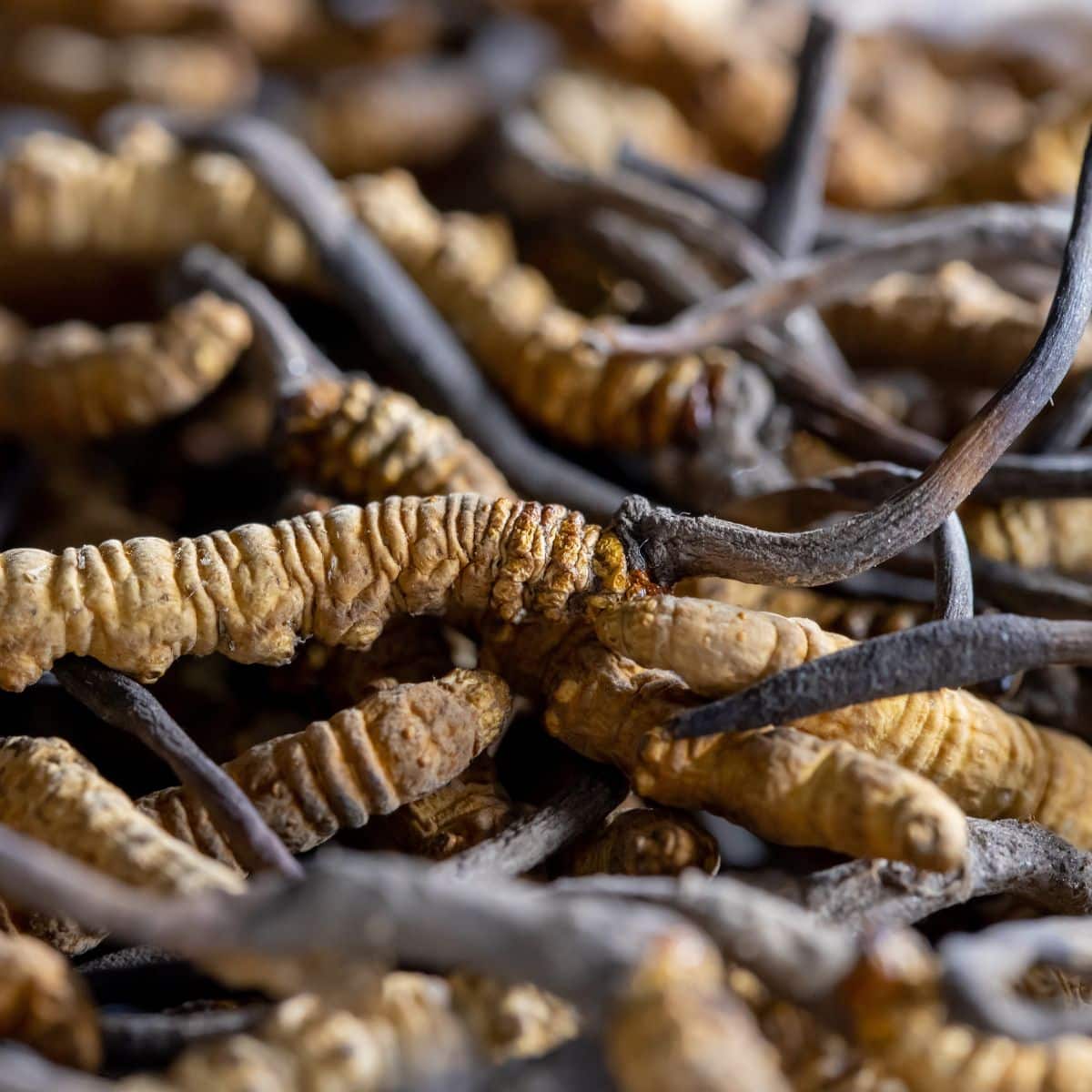
Curious About Supplements?
All this talk of energy and vigor may make you want to start using cordyceps supplements. I personally like either the Aloha Medicinals brand or the Now Foods brand.
Fortunately this is a safe fungus to take, so go ahead and experiment. Just please keep the below info in mind:
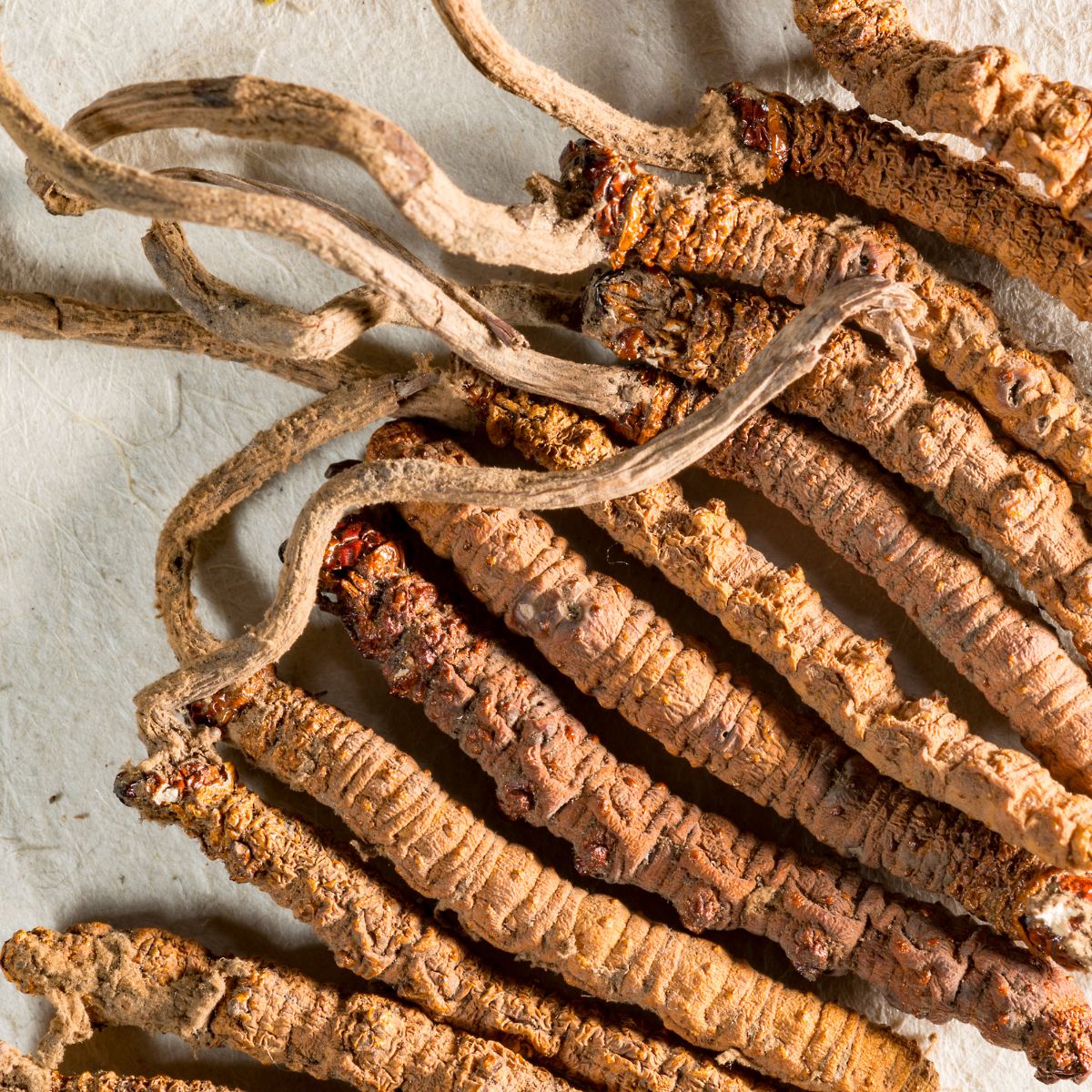
Dosage
Dosing of medicinal mushrooms varies between people and diseases, but the average reported Cordyceps sinensis dose is between 2 and 5 grams. If using store-bought pills with a concentrated extract, the bottle will tell you how many to take.
Supplier
Product quality varies drastically between companies. Try to purchase only from a reputable supplier that you trust. As always, organic is best when it comes to medicinal mushrooms.
There’s a lot of hype and money around this fungus, so do your research on a company before you purchase.
Origin
You can purchase cordyceps that was either cultured in a lab from vegetable/liquid media or picked wild in the Tibetan Plateau. The wild fungus is much more rare and expensive. Since it is sold by weight, people reportedly sometimes stick small sticks or lead filaments into it to make it heavier. Others claim this is just a myth, and I have never read of any concrete evidence of this happening.
Regardless of any lead poisoning myths, it’s best to stick with the indoor cultivated fungus from a trustworthy supplier. It’s much cheaper and possibly safer.
Cautions
This supplement isn’t for everyone. Those who shouldn’t take it:
- Pregnant women
- Women who are breast-feeding
- People with multiple sclerosis
- People with rheumatoid arthritis
- Those with other autoimmune diseases
If you have any doubts talk to a doctor or herbalist that you trust.
Cordyceps Controversy
Wild Ophiocordyceps sinensis grows in one place, the Tibetan Plateau. This is a high-altitude region that covers parts of Tibet, China, India, Nepal, and Bhutan.
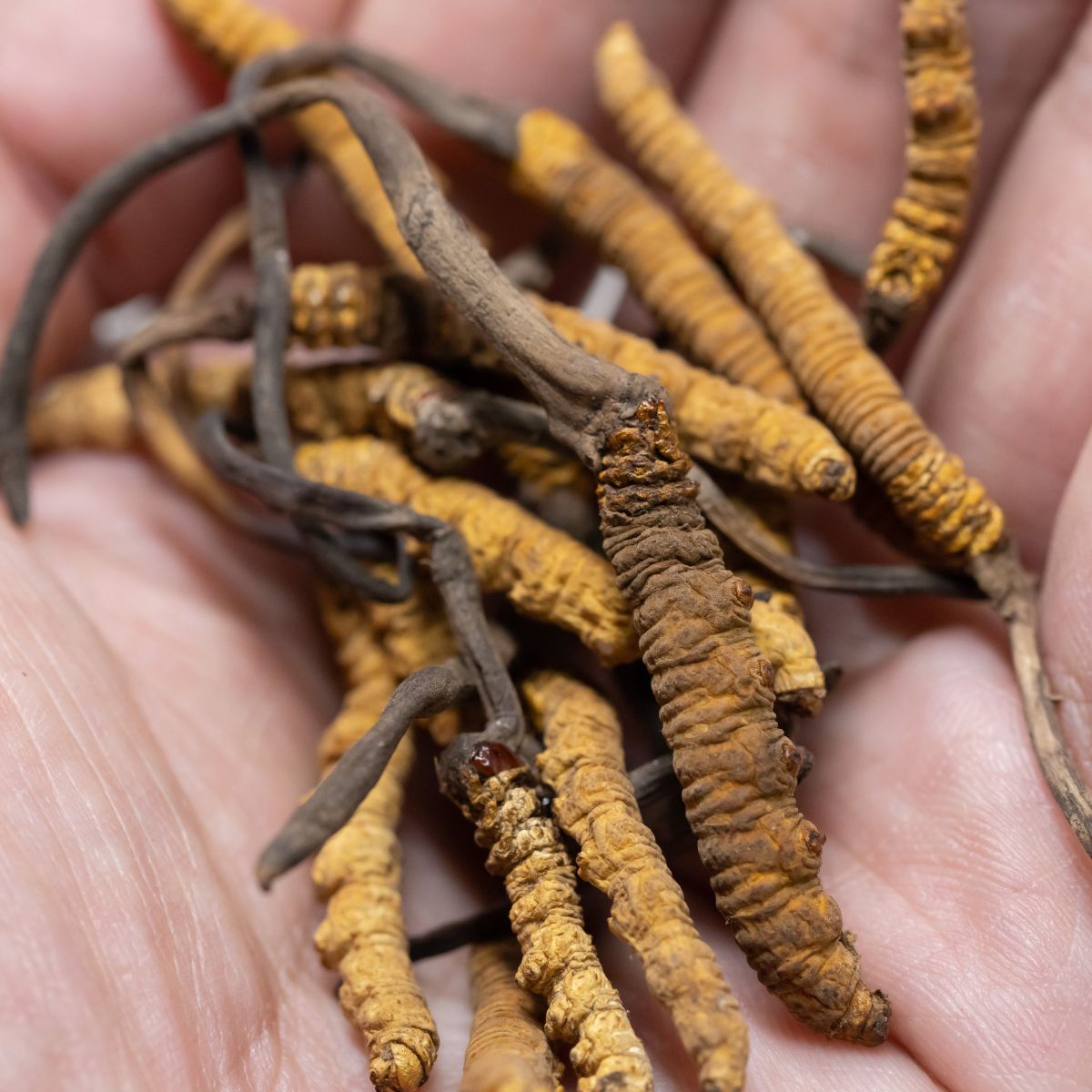
The fungus fruits from caterpillars hidden under the ground, so it pops up in the grass as a thin, brown club. As you can imagine, they’re much more difficult to spot than a morel or black trumpet!
The people who hunt wild cordyceps don’t do it for fun or food, but rather as a way to make money. It can be a very important source of income for people living in rural Tibet.
As the fungus grows in popularity, it also grows in price. Increased demand has led to greatly increased cordyceps hunting. Wild harvested cordyceps are one of the most expensive mushrooms in the world right now, due to their uniqueness, location, and supposed medicinal attributes.
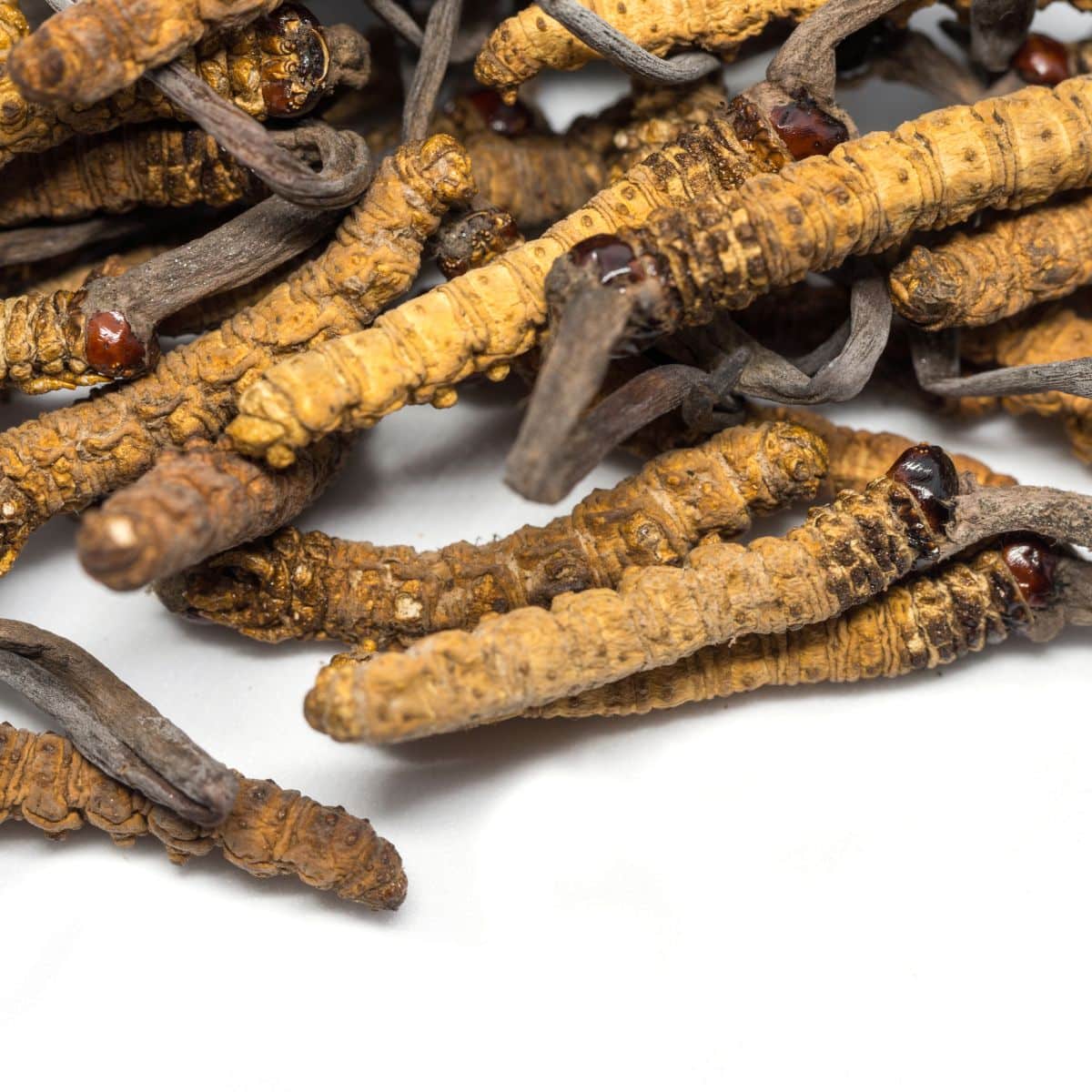
Some worry that the high rate of collection of this fungus could be damaging to the environment. Ghost moth larvae feed on the roots of grassland flora species, so a reduction in cordyceps could lead to an increase in grassland destruction. This could greatly upset the ecological balance, leading to problems for humans and the environment alike.
Another concern is the possible future ecological impact on rural Tibetans. Fewer cordyceps could represent a huge loss of income for people living in the countryside.
It is too soon to say what impact increased harvesting will have on the Tibetan Plateau.
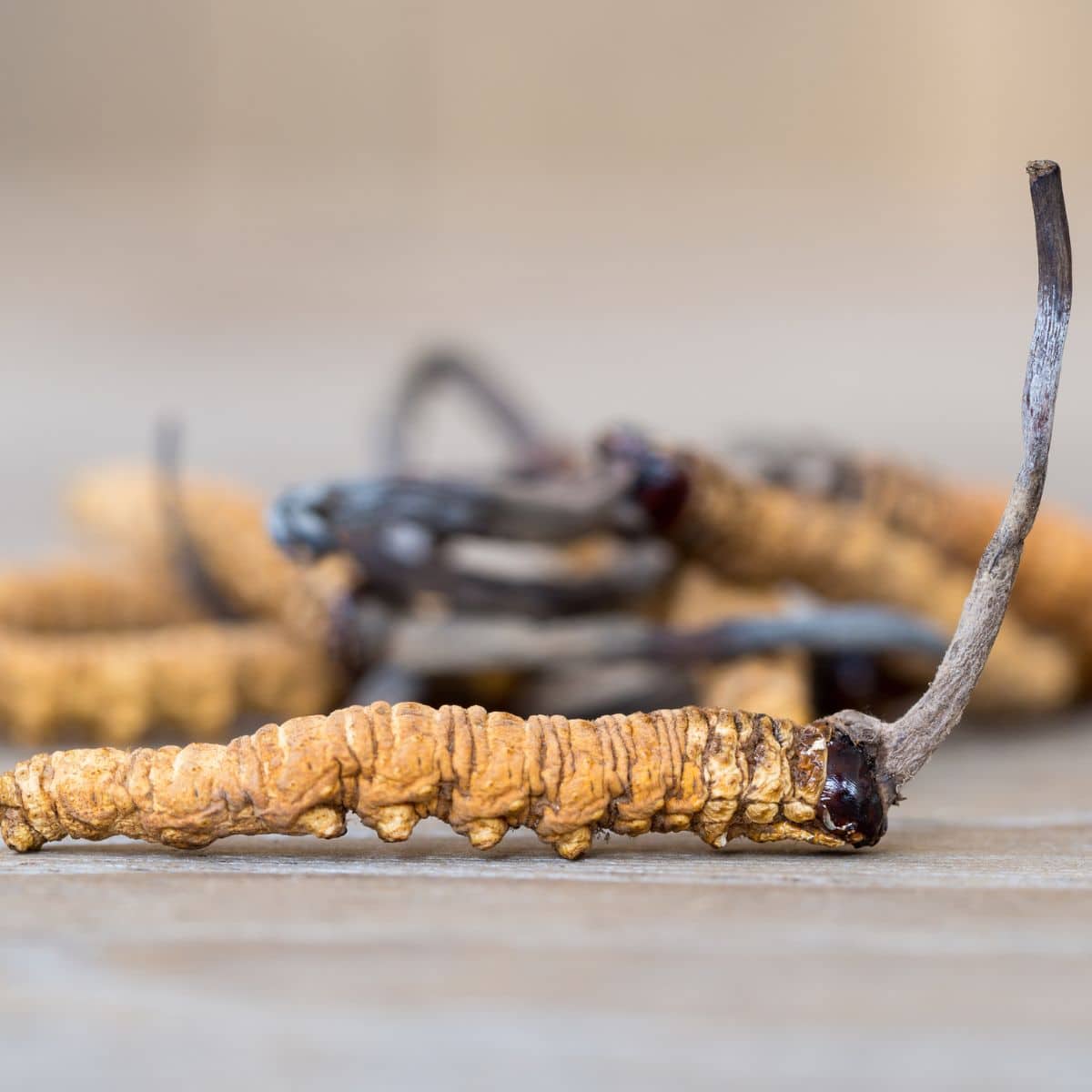





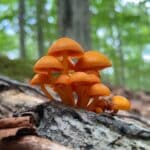
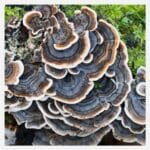
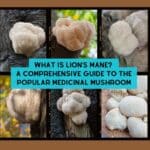
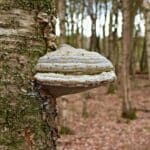
Cobbie LeBlanc
Thank you for this article. Some time ago a TCM practitioner recommended taking Cordyceps for kidney disease. However, after digging into the literature, it appears that the Cordyceps that addresses that issue is Ophiocordyceps Sinesis rather than Militaris (which is more common). However, one article stated that CS-4 (Paecilomyces hepiali) is not considered a true Cordyceps. I’m wondering where to find/purchase the true Ophiocordycepts sinesis. Can you point me in the right direction?
Jenny
This is a complicated. O.sinesis is rare and expensive for a reason — it’s rare in it’s habitat and is also being exploited and overharvested, specifically for the Chinese traditional medicine trade. Yes, the literature states this one is more effective and that probably is true. There aren’t nearly as many studies on C.militaris so its hard to know how much this species helps — it could be close to the same but maybe not. If you decided you want only O.sinesis, you’ll have to find a supplier you really trust and be prepared to spend a good chunk of change. Many suppliers might state that’s what they’re selling, but its really C.militaris. I don’t know any way to truly verify it. Plus you’ll have to weigh your need for it against the knowledge that its value as a medicinal is causing human and environmental exploitation and destruction.